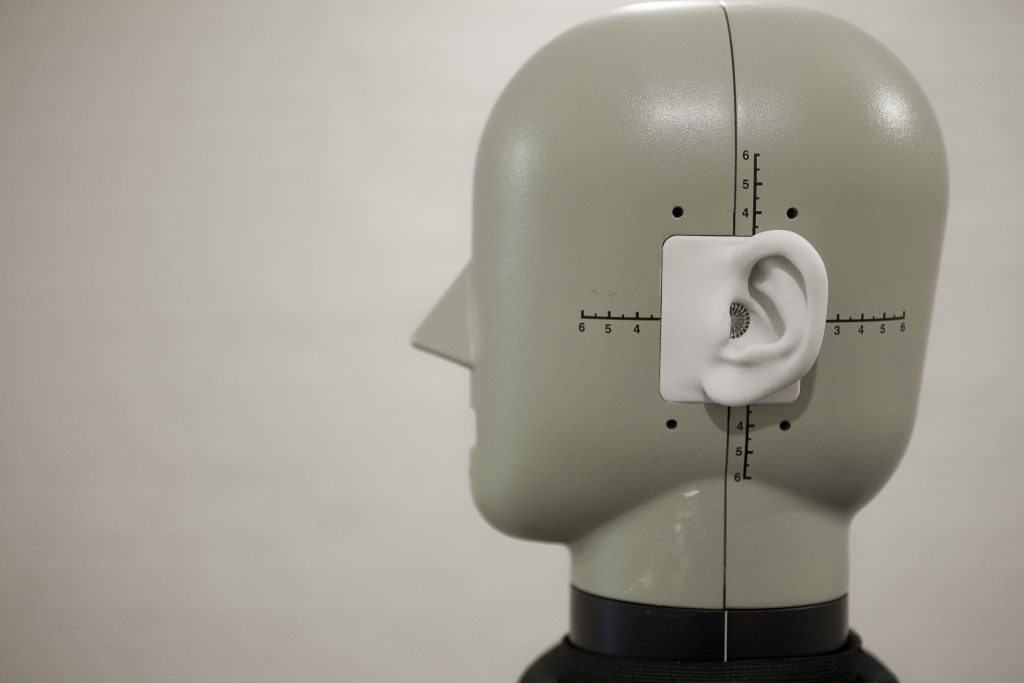Low frequency noise
A team from the Acoustics Research Centre has just completed a DEFRA (Department for Environment, Food and Rural Affairs) funded project into developing guidelines for assessing disturbance by low frequency noise. We drew upon a unique set of equipment and calibration facilities for low frequency sound measurement, laboratory and listening room facilities, and research staff with the right blend of experience in measurement of low frequency sound and ‘psycho-acoustic’ evaluation of human response to sound.
Many Local Authorities have complaints about low frequency noise which, for various reasons, are notoriously difficult for them to deal with. A low frequency noise that is uncomfortably loud to one person may be inaudible to others so that its very difficult to decide what a ‘reasonable’ level is. The normal noise guidelines are not appropriate for low frequencies, so Environmental Health Officers have little guidance on whether to class a low frequency noise as a nuisance and take action. Furthermore, low frequency noise is also particularly difficult to measure reliably. All these difficulties mean that low frequency noise problems may go unresolved for years which is unsatisfactory for both Local Authorities and complainants.
For these reasons DEFRA has decided to try to develop guidelines for use by Local Authorities. The study will consist of 10 cases where a cluster of residents is known to be disturbed by low frequency noise. Low frequency sound will be recorded over several days, while residents keep a log of comments. These 10 sounds will then be reproduced in the listening room, and 16 subjects asked to comment on whether they find them disturbing. We will then try various ways of rating the sounds according to their level, frequency content, and for example whether they fluctuate or have particular characteristics. The methods that give the best agreement with the reported disturbance from the field and lab trials will be proposed as a criterion for rating low frequency sounds. It is expected that, if an appropriate criterion can be found this will help Local Authorities to deal with such cases more quickly and effectively.
- Frequently Asked Questions
- Listen to the low frequency sounds used in the project
These pages are maintained by the Acoustics Research Centre at the University of Salford. We are grateful for the support of DEFRA funding of some recent Low Frequency Noise Research. This funding has now ended, but we have set up these web pages on a trial basis for the benefit of Environmental Health officers and sufferers from Low Frequency Noise. The views expressed here are entirely our own.
